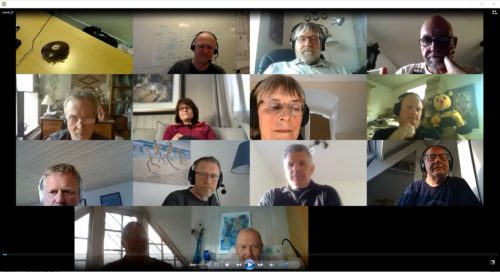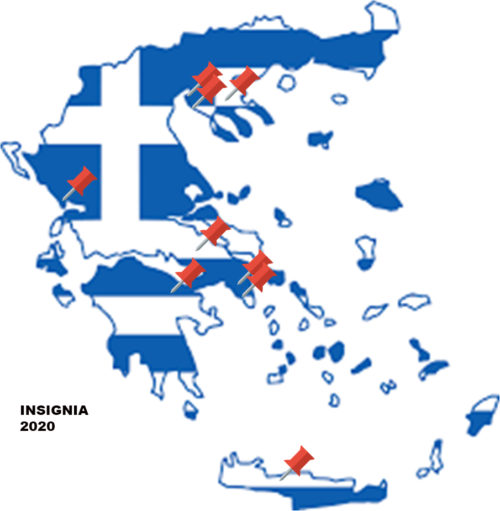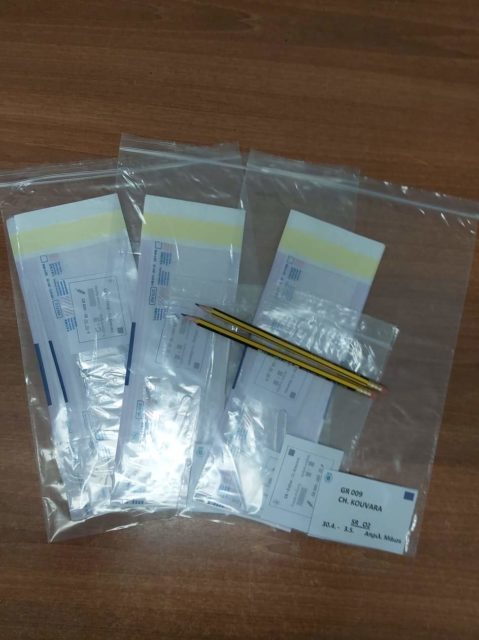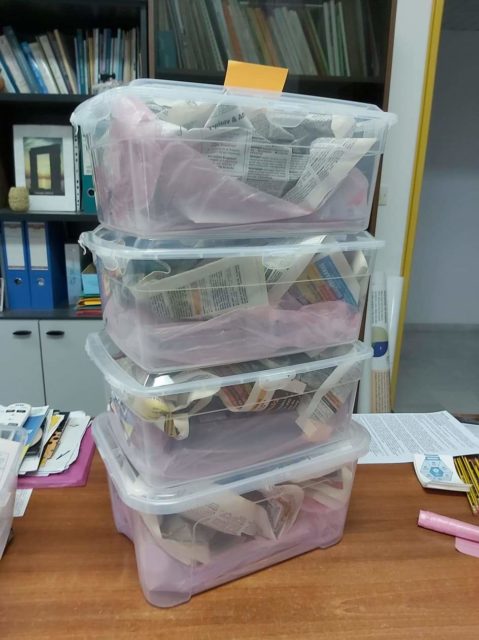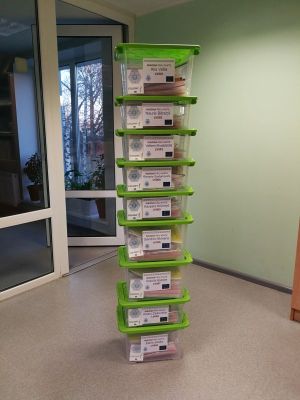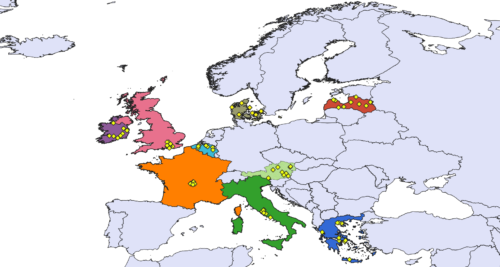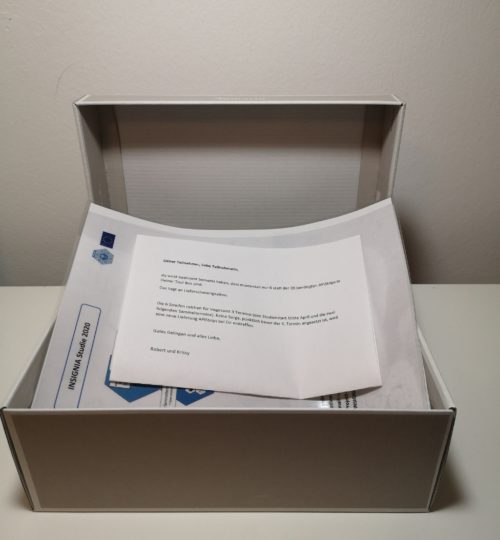Nine Citizen Scientists, plus one extra, the National Coordinator and of course our Project Leader, Jozef Van Der Steen , gathered together but experiencing social distancing, to discuss everything related to the start of the INSIGNIA study 2020 in Greece! So, how we did it? Like everybody else! Video conferencing! Technology in hand!
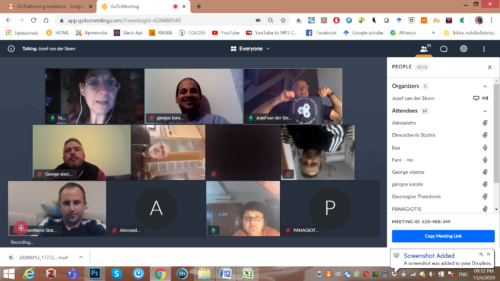
Amazing how easy people can come close, even if they are sitting in their living room, late in the evening thousands and thousands KM away! Well, we had some technical problems, not everybody managed to join in , but we talked about what we had in our agenda.
After all, it was not that difficult, or bad, It was successful! Thank you Jozef for your patience in our Greek discussions! We promised to do it again sometime in early summer, now that we know how to do it!
In the picture, Jozef is also showing his new T shirt wiht INSIGNIA logo on it! A product from Flemming and Jozef! We definately going to get some of those for everybody!
Written by Fani Hatjina
National Coordinator for Greece!

